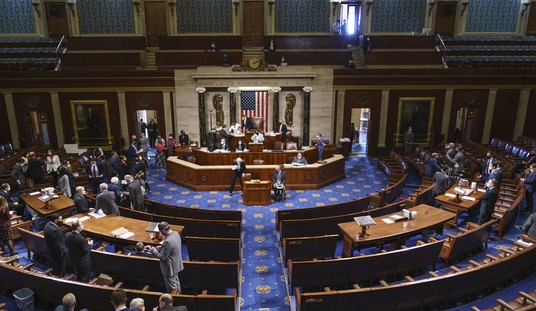Reforms to the Supplemental Nutrition Assistance Program (SNAP) could result in several million poor Americans being denied benefits, according to a study by the Urban Institute.
The changes are the result of three separate rules promulgated by the Department of Agriculture that would prevent people who go on public assistance of any kind from automatically qualifying for the SNAP program. The new rules would also tighten work requirements and cap utility deductions.
A study by the Urban Institute released this week examined the three rules in combination for the first time and found that 3.7 million fewer people would receive SNAP in an average month, 2.2 million households would see their average monthly benefits drop by $127, more than 3 million others would see an average drop of $37 per month, and 982,000 students would lose access to free or reduced lunches.
“What we found is that overall the three proposed changes would reduce the number of households participating in SNAP by about 11 percent if this was implemented in 2018,” said Laura Wheaton, a senior fellow at the Urban Institute who conducted the study. “It’s about a 9.4 percent reduction in the number of people participating and about an 8 percent reduction in overall benefits.”
The Ag Department says that the changes would save taxpayers more than $4 billion a year.
I understand the goals of the new rules, but question whether they are adequately calibrated to reduce or deny benefits only to those who don’t deserve them. Would the truly poor and needy be impacted negatively by the changes?
I think it’s inevitable that people will slip through the cracks. But would the reforms really take benefits away from 3.7 million people who would ordinarily qualify? That simply doesn’t track with reality. The Urban Institute is a liberal think tank and this appears to be the only study of the new rules published to date.
Of more concern are those Americans who would experience greater “food insecurity” that has become an issue as food prices are rising much faster than SNAP benefits.
Craig Gundersen, an agricultural and consumer economics professor at the University of Illinois at Urbana-Champaign who has studied the program for more than two decades, said that about a million people could become food insecure because of the change. He added that 50 percent of those 3.7 million SNAP beneficiaries were already food insecure despite the assistance.
The changes, he said, would put many Americans in a worse position, increasing hunger and health issues. Each additional adult who becomes food insecure sees an additional $2,000 in healthcare costs, Gundersen explained.
“The essential goal of the program is to mitigate hunger and its consequences in the United States,” he said. “Anything that impedes SNAP of doing that is very problematic as it leads to food insecurity in our country.”
There are millions of people in SNAP who have no access to quality food at reasonable prices because of “food ghettos” in the inner city. They pay, on average, 33 percent more for food than those living within 10 miles of a grocery store. Obviously, the increased food expense causes a family to run out of benefits much quicker. There is also the question of educating SNAP beneficiaries in what foods to buy and how to eat healthy.
Simply handing people a couple hundred dollars a month and telling them to go shopping (at a non-existent grocery store) is a recipe for hunger. The point being, there is so much more involved in feeding people adequately than the SNAP program.










Join the conversation as a VIP Member